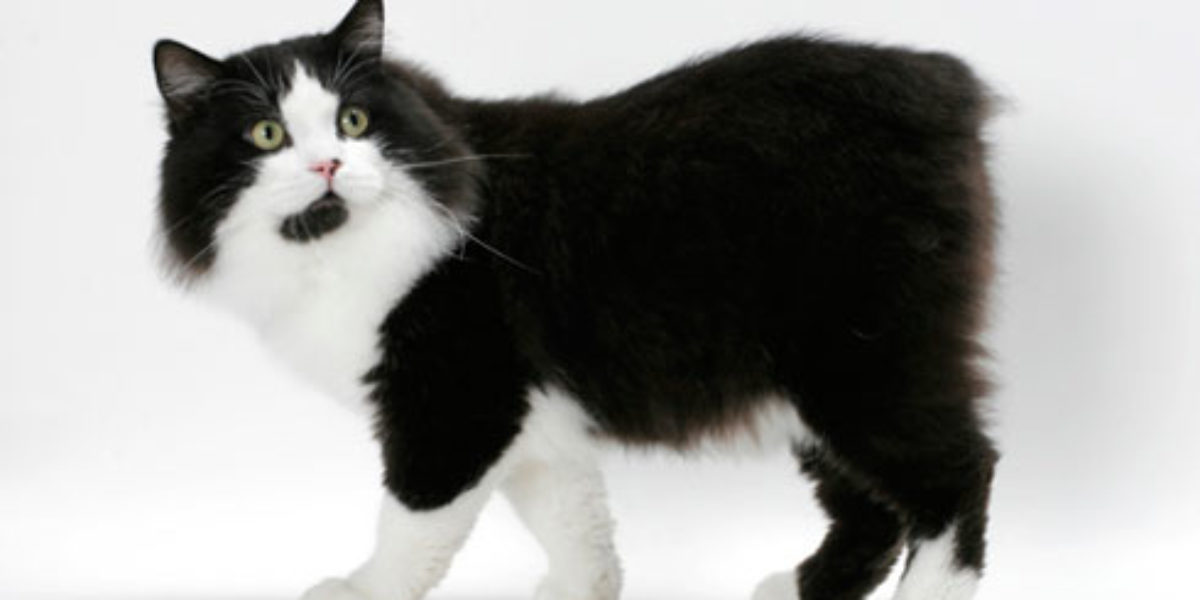Image supplied by Animal Photography
The Cymric is a longer haired version of the Manx cat which is characterised by its lack of a tail. Similar to the Manx cat, litters of Cymric kittens can have stumpy tails of various lengths (classed as rumpy-risers, stumpies, and longies) or no tails at all (rumpy). Cymrics come in many colours and patterns.
Health and welfare of cats with shortened tails
There is always a strong worry the lack of, or shortened, tail is caused by an inherited deformity of the end of the spine – similar to the Manx cat (click here for more information on Manx syndrome). There are various different breeds with short tails (stumpy tails), which may be caused by different genetic mutations. The Manx cat’s lack of tail is the result of a genetic mutation that causes severe disease. The true (or ‘rumpy’) Manx has only a small hollow where the tail would have been, although cats with residual (stumpy) tails are also born. The defective gene responsible for the loss of the tail also affects other parts of the spine and may cause severe spinal and/or neurological problems. When two completely tailless Manx cats are mated, the defects may be so severe that many of the offspring may be born dead or die shortly after birth. The same problems occurs in at least some other breeds with short tails. although often there is not a great deal of information on these other breeds. However, with a potential risk of more severe problems, and the lack of a normal tail raises serious questions as to whether breeds should exist which rely on such deformities. Even without further problems, it should be questioned whether deliberately breeding cats without a normal tail is justified and could ever be in the cat’s interest.
International Cat Care’s position is that the lack of a tail is a severe genetic defect and the Cymric’s ‘deformed’ spine may cause severe health problems. These cats should never be bred.
Important
We have limited the information about inherited disorders to those conditions that are known and proven to exist within a breed. For many breeders and many conditions, insufficient information may be available at this time to know whether any particular breed is necessarily free of any particular condition.
In general, pedigree breeds use a much smaller gene pool for breeding than domestic cats and therefore have a higher risk of developing inherited disorders. In addition, a number of ‘newer’ pedigree breeds are derived from matings between one or more ‘older’ breeds, and in these situations perpetuation of inherited problems that were seen in older breeds is likely within the newer breeds.
Thank you for visiting our website, we hope you have found our information useful.
All our advice is freely accessible to everyone, wherever you are in the world. However, as a charity, we need your support to enable us to keep delivering high quality and up to date information for everyone. Please consider making a contribution, big or small, to keep our content free, accurate and relevant.
Support International Cat Care from as little £3
Thank you.
Donate Now


